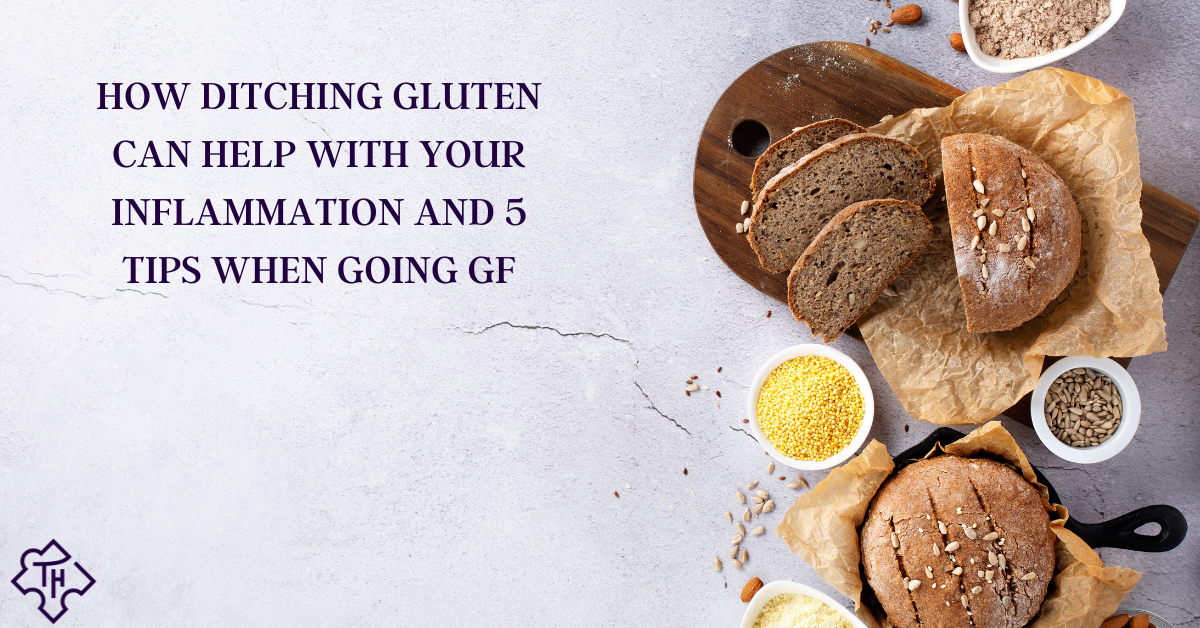
By Janine Fink, MS(c), FMCHC, CNS eligible
Growing up in a New York Italian family, bread, pizza and pasta have been some of my life’s greatest food enjoyments. However, after spending time in the functional nutrition world and seeing how gluten can have a profound effect on our immune system, our love of these foods remains but we’ll prefer gluten-free.
Gluten is the primary structural protein found in some grains like wheat, rye and barley. The gluten protein is composed of a wide variety of associated proteins but mainly consists of two compounds called giladin and glutein. These proteins help gluten act as a binder and give grain products its known stretchy like quality. For individuals who do not have celiac disease but may be experiencing symptoms of leaky gut, autoimmune disease, immune dysregulation and/or inflammation, research shows that gluten proteins can elicit an immune reaction which can cause and/or exacerbate your symptoms; this reaction is what many provider’s refer to as a hypersensitivity.
I’m sure you’re wondering well I don’t experience an allergic reaction like those do in celiac disease, can a hypersensitivity really have an effect on me? The answer is yes; even if you aren’t experiencing an immune intolerant reaction like those would in celiac disease, gluten is still able to stimulate an immune response and cause immune dysregulation like often we see in hypersensitivities. When the immune system is out of balance it can cause a wide variety of symptoms, which may include but not limited to: joint pain, GI distress, leaky gut, brain fog, skin issues, immune reactions and chronic inflammation. Thus these seemingly subliminal immune responses are legitimate and are actually more common than one might think. Research estimates that over 18 million Americans have a gluten sensitivity, where around 2 million Americans have celiac disease.
As the research on gluten continues to unfold and the prevalence of immune imbalance continues to rise, the more we see how steering clear of gluten has become a helpful part of many patients’ healing journey. So how can one start? As a functional nutrition professional who helps people everyday makes diet and lifestyle changes here are my top 5 tips to begin closing the gluten-free gap:
Identifying and feeling comfortable with the differences between gluten-free grains and gluten-containing grains tends to make the biggest difference on our ability to implement GF living. Finding a list that outlines the YES and NO grains makes it easier when you first start out preparing meals, shopping, dining out and socializing. Some of our favorite go-to GF grains include Quinoa, Rice and GF Oats!
